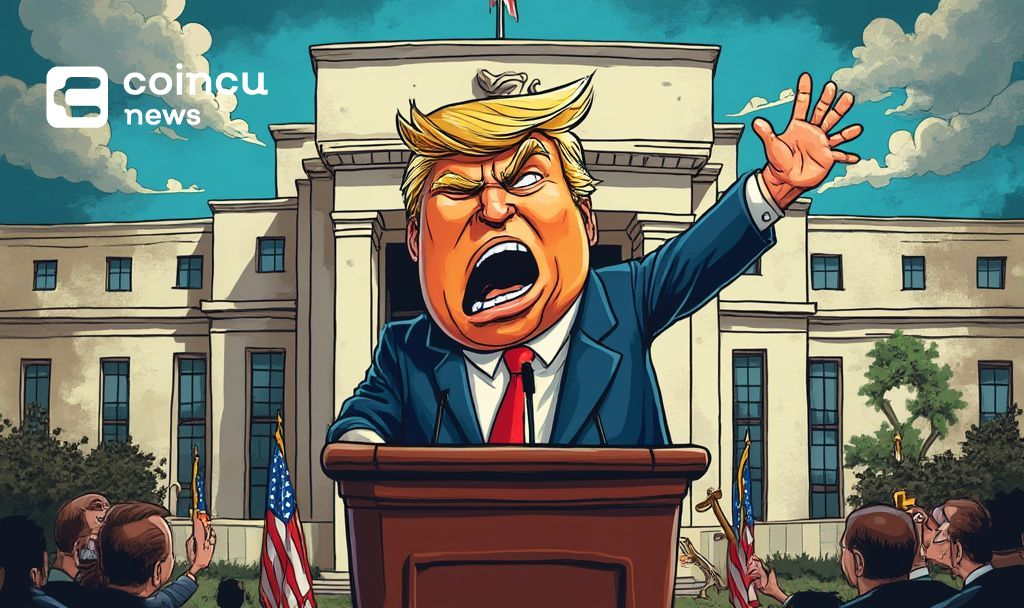- Trump demands interest rate cuts to boost economic potential.
- Federal Reserve maintains current rates despite pressure.
- Market anticipates possible rate cuts based on economic data.

President Donald Trump reiterated his call for the Federal Reserve to cut interest rates in a tweet on May 14th, 2025, highlighting missed economic opportunities.
Trump’s persistent pressure on the Federal Reserve focuses on low inflation and untapped market potential.
Fed’s Stance and Market Sentiments on Potential Changes
President Donald Trump has maintained a consistent position on interest rates, urging the Federal Reserve to lower them. On May 7th, 2025, the Federal Reserve unanimously decided to maintain current rates, citing economic uncertainties and increased risks. Trump’s recent tweet emphasized the absence of inflation and criticized Federal Reserve Chairman Jay Powell, labeling the lack of action as a “naïveté.”
Maintaining current interest rates can impact the economic landscape significantly. Trump cited lower energy prices and strong employment numbers to support his demand for rate cuts. The Fed, however, remains cautious, factoring in conflicting inflation signals and potential stagflation risks linked to Trump’s tariff policies.
The financial community has reacted with a mix of anticipation and caution. There is a 28% probability of a rate cut at the Fed’s June meeting and a 75% probability in July. Markets are pricing in three potential rate cuts in 2025, contingent on how economic conditions evolve. Trump’s direct approach has ignited debates on monetary policy’s role in economic growth.
Did you know? Historical trends show that interest rate cuts often aim to stimulate business investments and consumer spending, impacting overall economic growth.
The Federal Reserve’s position is informed by a complex economic backdrop. According to a quote from the Federal Reserve, “Uncertainty about the economic outlook has increased further and that the risks of higher unemployment and higher inflation have risen.” Current inflation stands at 2.4% year-over-year, slightly above the Fed’s 2% target. Meanwhile, inflation expectations project 6.5%, complicating the Fed’s decision-making. Trump’s tariffs have heightened concerns about stagflation, a challenge for monetary policy in maintaining growth and price stability.
Economic analysts highlight the difficult landscape central banks face worldwide. Stagflation risk due to Trump’s tariff policies exemplifies the balancing act required in monetary policy. The ongoing debate reveals deep divisions over how best to leverage interest rates for economic advantage, amidst pressure from political figures.
Source: https://coincu.com/337439-trump-fed-rate-cuts/